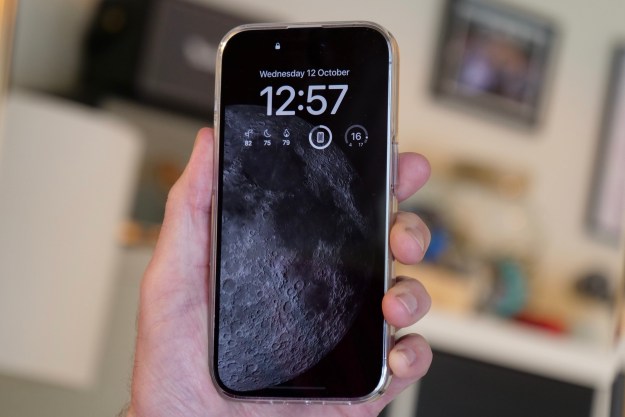Keeping your data private and tightly controlled has gone from being something niche to an absolute necessity in recent years, and few companies have gone as hard into data protection as Apple. The last few years have seen the iPhone and iPad gain a wide swathe of privacy-ensuring options, including the email-protecting Sign in with Apple and App Tracking Transparency.
iOS 15 introduced a number of new features, and one of the most privacy-conscious is one that blocks email trackers. Mail Privacy Protection cuts down on data gathered by advertisers from your email inbox. These trackers can check whether you’ve opened an email, what you did in there, and for how long you left it open. If you’re looking to keep a tight rein on your data, then you’ll want this setting on. Here’s how to use Mail Privacy Protection in iOS 15.
How to turn on Mail Privacy Protection in iOS 15
It’s a powerful setting, but the good news is that it’s not a particularly tough option to turn on. Toggling on Mail Privacy Protection is as simple as tapping a single option in your Settings menu. It’s not on by default, but you’ll be asked whether you want to turn it on when you open your Mail app for the first time in iOS 15.
Step 1: Head to your Settings app.
Step 2: Tap Mail > Privacy Protection.
Step 3: Tap the slider for Protect Mail Activity to turn the setting on or off.
What does Mail Privacy Protection in iOS 15 actually do?
You might be savvy to cookies on the web, trackers in apps, and other advertising tools, but cracking down on your email’s trackers is often one people miss. But is it really a big deal? As it turns out, yes. While emails are extremely useful tools for staying in touch and keeping abreast of newsletters, they’re actually a fairly leaky bucket where data is concerned. That’s because there’s a big range of tricks marketers can use to gather information on their readers, and that begins by simply opening an email.
Most tracking tricks are tied to images. However, there are other, shadier elements at play too, including invisible tracking pixels that send identifying information back to the sender of the email — information that can include your IP address. Apple’s Mail Privacy Protection setting hides your IP address and loads images and content in a private fashion, routing traffic through proxy services and applying a generated IP address.
But it’s not a complete nuclear bomb for marketers, who may use this data for completely ethical purposes. The generated IP address isn’t completely random, and instead corresponds to your geographical area. Cut instead of pinpointing your location, it instead gives a more generalized area. So, the marketer gets valuable information about who’s opening what in a specific area, while you don’t have very specific information given away.
Looking for more ways to keep your email secure? There are some email apps for iOS that specialize in privacy, and we also have some general tips on how to stop your emails from being tracked.
Editors' Recommendations
- Apple is about to do the unthinkable to its iPads
- AirTags range: here’s how far the tracker can reach
- Best iPhone deals: Save on iPhone 15, iPhone 15 Pro Max and more
- iPhone 16: news, rumored price, release date, and more
- iPhone SE 4: news, rumored price, release date, and more




